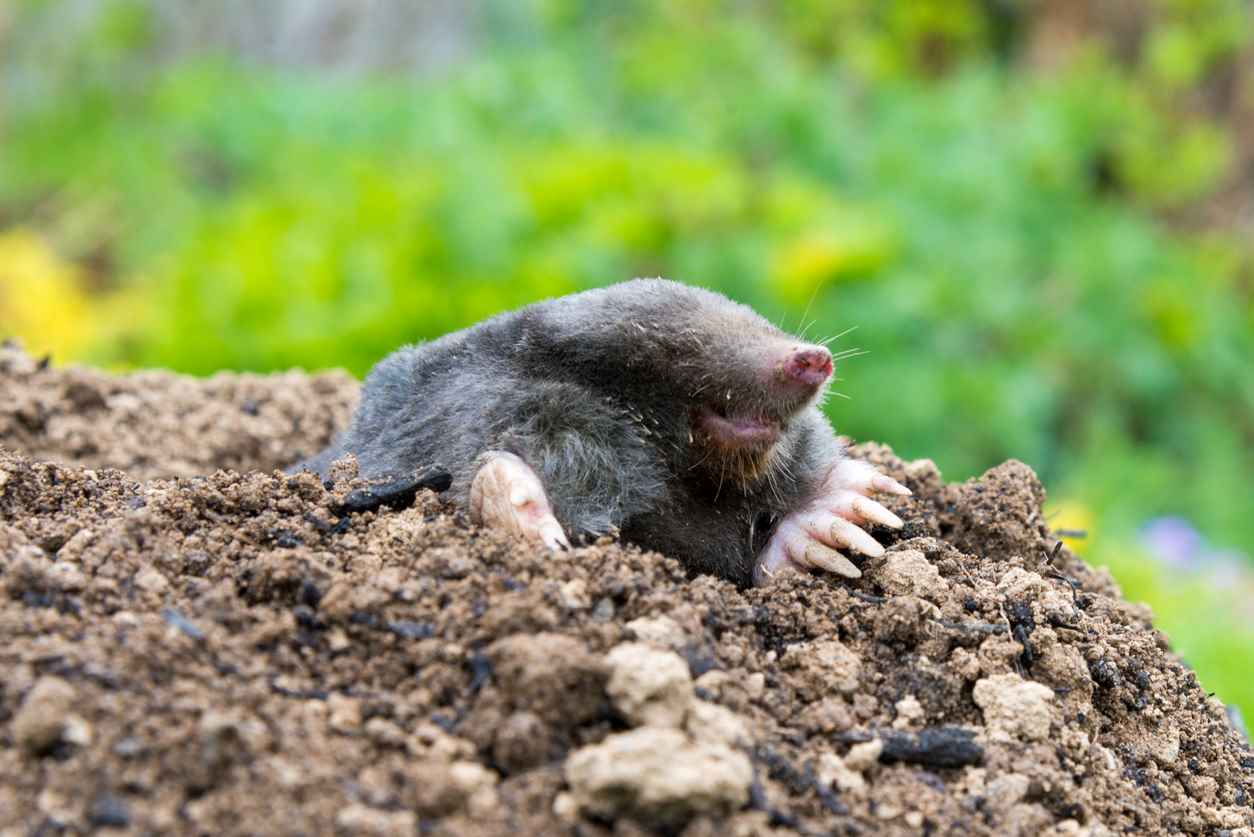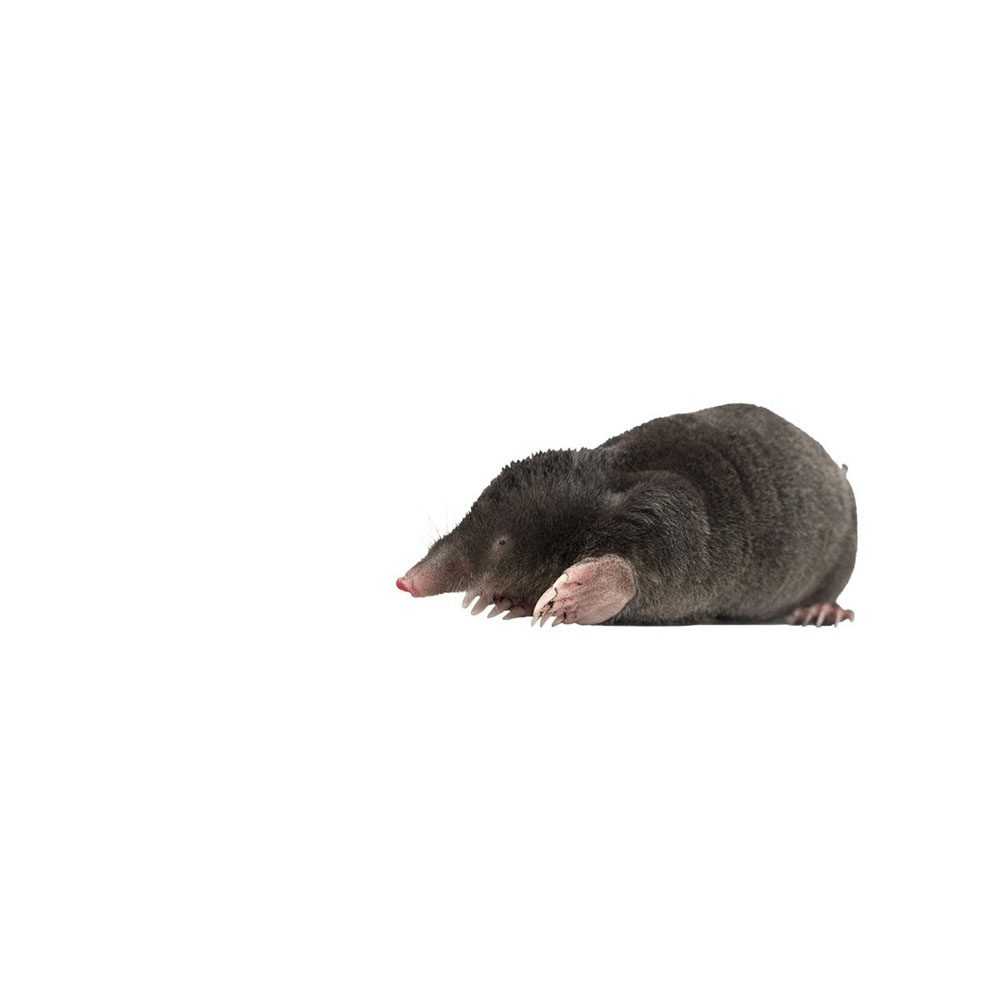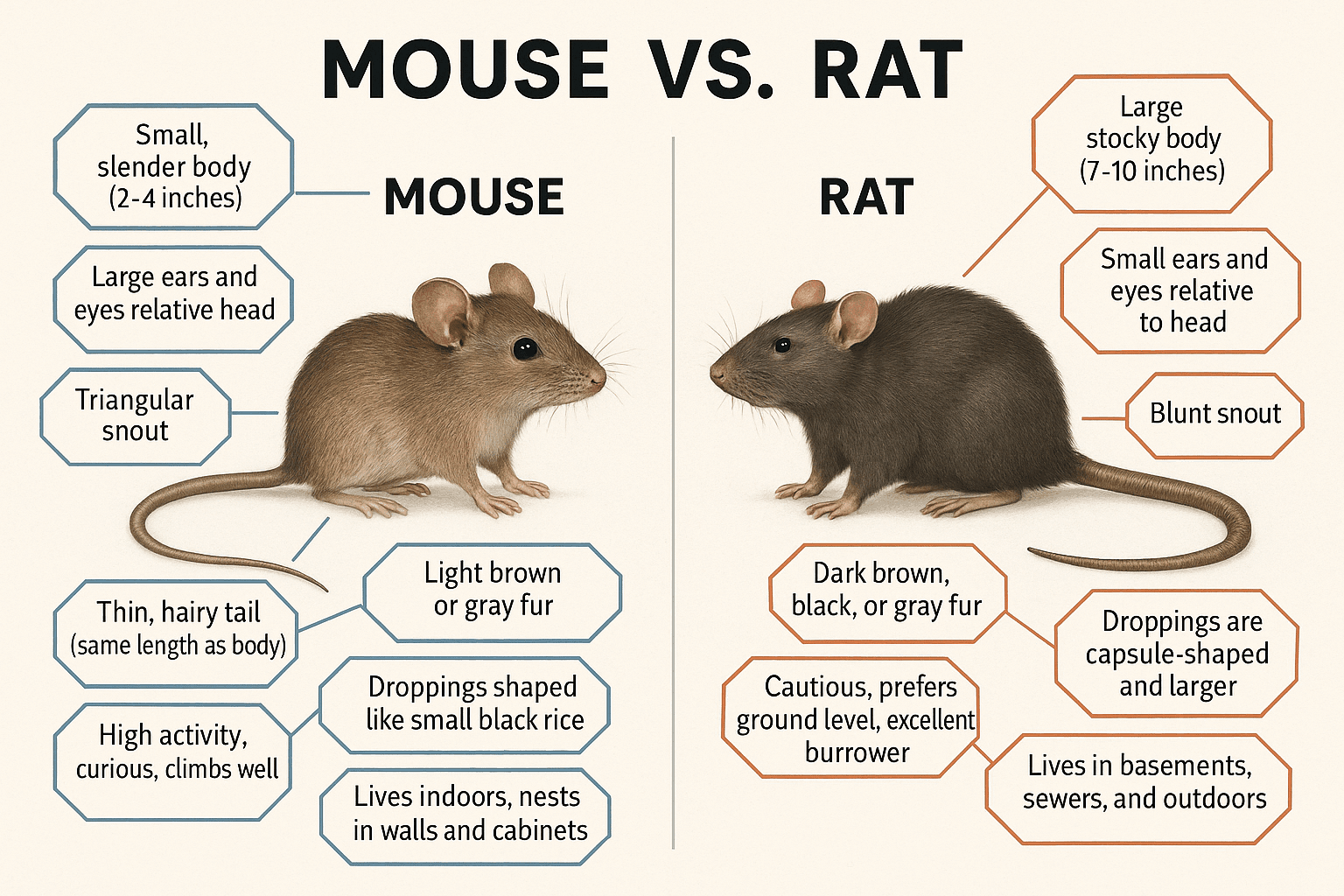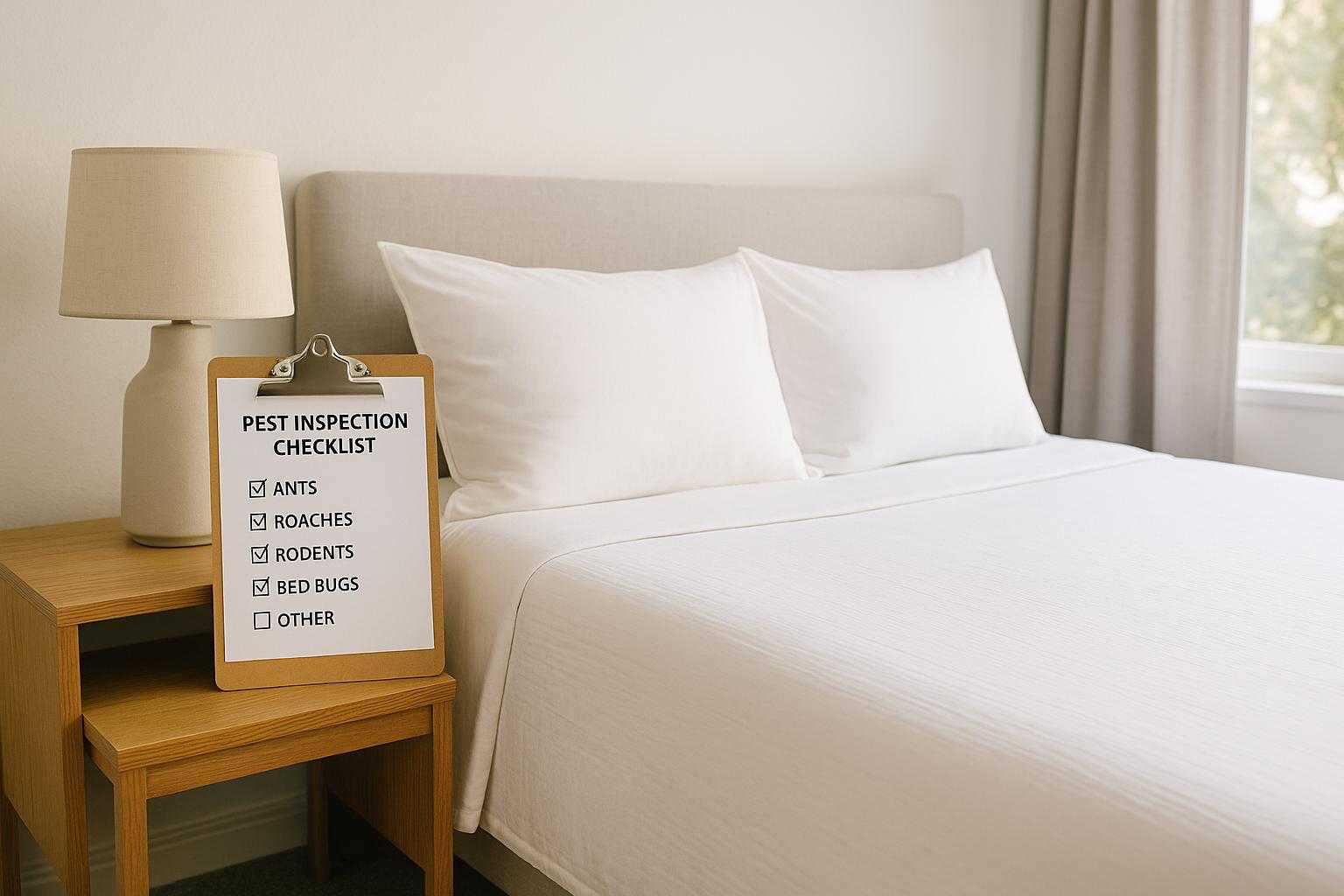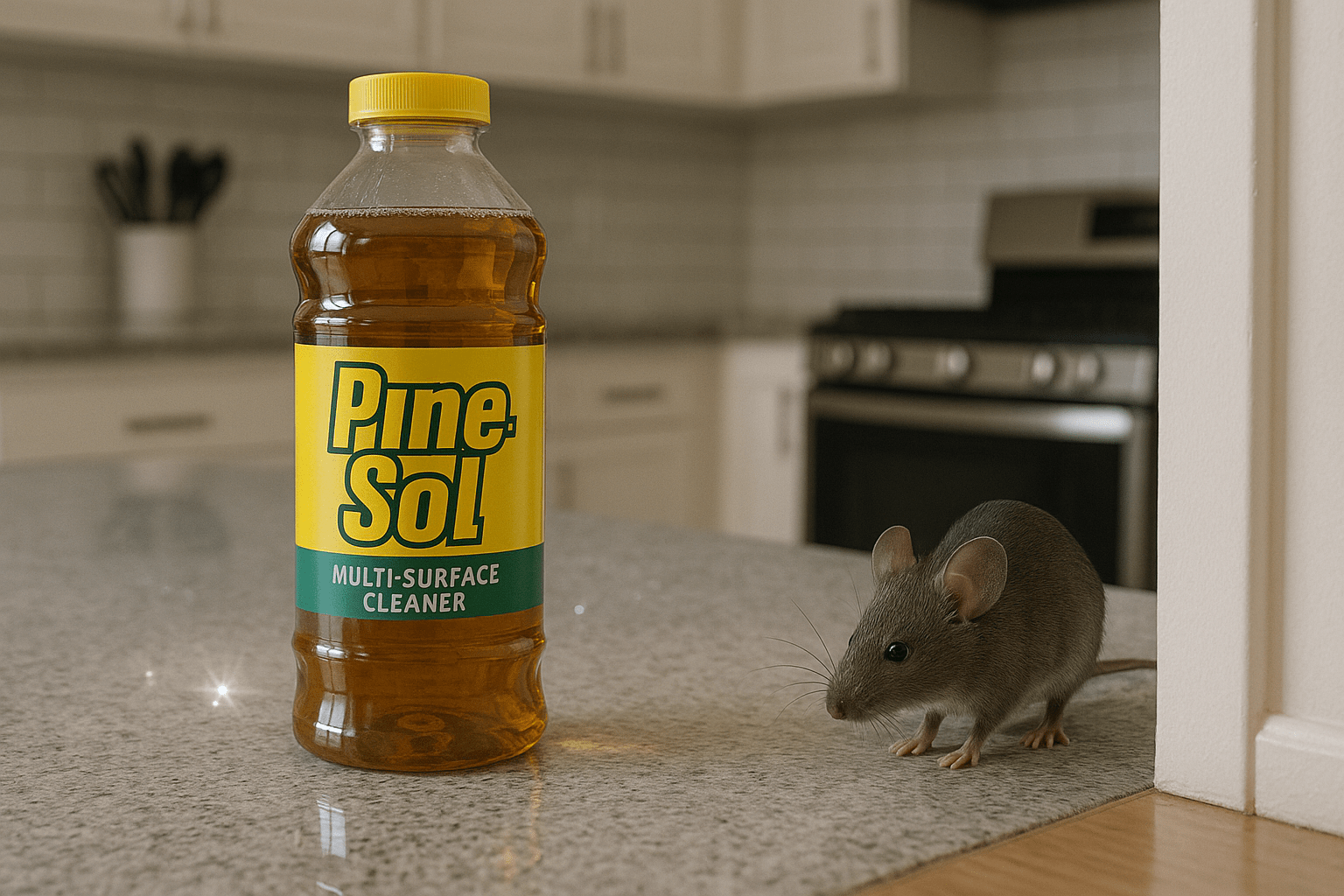Moles & Voles
"*" indicates required fields
Moles
Treatments for this pest are included in these services:
With their velvety, furry appearance, moles may seem harmless—but around the United States, moles and voles can present problems to homes, businesses, and landscapes. These small mammals quickly become pests, thanks to the tunnels they burrow through yards and the meals they like to make out your home-grown vegetation.
How to Identify Moles and Voles
Three mole species are commonly found in the United States:
- Townsend’s moles
- Pacific moles (sometimes called the coast mole)
- Shrew moles
While several vole species live in the United States, the gray-tailed meadow vole (or “meadow mouse”) is the most common type found among lawns, crops, and pastures.
What do moles look like?
In general, identifying characteristics of moles include:
- 5 to 9 inches long (including tail)
- Soft dark-brown or black fur
- Forelimbs contain claws and an extra thumb, look and act like shovels
- Ears are not visible
- Eyes are small or covered by skin (shrew moles)
What do voles look like?
In general, identifying characteristics of voles include:
- 4 to 7 inches long (including tail)
- Coarse, gray-brown or black-brown fur with black tips
- Small and rounded ears
- Short legs and tails
- Bi-colored tails
How do moles and voles behave?
Moles and voles are active year-round and are known to defend their tunnels, due in part to the food they store inside and the young moles that are born and raised there. Townsend’s and Pacific moles are primarily solitary animals, only socializing when it’s mating season. However, shrew moles typically live with up to 15 other moles. Their primary senses are smell and hearing, although their ears aren’t visible. Moles’ eyes are quite small or, in the case of shrew moles, covered by skin, as they don’t rely on sight to survive and to hunt for food.
Moles typically eat insects and earthworms, which can be beneficial for insect control in gardens and backyards. They may also feed on snails, beetles, and centipedes. On the other hand, voles are herbivores and eat only plants, including seeds, crops, and grass roots.
Where can I find voles or moles at home?
Both moles and voles burrow underground. Moles will typically cause the most destruction to your yard, while voles are a bigger concern in gardens. Townsend’s and Pacific moles live the majority of their lives underground, while shrew moles live hiding in bushy areas and under leaves on the surface of the soil. All species of moles burrow and create tunnels, though shrew moles live primarily above ground. These tunnels don’t contain much oxygen, but moles’ lungs are able to carry a large supply of air and have a larger blood volume to help store more oxygen.
Townsend’s and Pacific moles can be identified by the molehills, or mounds of soil they create due to their extensive burrowing (which can run as deep as 40 inches below the surface). These molehills can be up to 8 inches high and 24 inches in diameter.
How to Prevent Moles in Your Yard
It’s not easy to prevent vole and mole holes and hills around your yard, and these critters might leave you playing a real-life game of whack-a-mole. In fact, moles are one of the most destructive pests in yards, causing not only raised mounds, but uprooted plants that invite weeds to sprout.
However, here are some steps you can take to make your property less inviting to both moles and voles:
- Minimize food sources (namely, insects, grubs, and earthworms) where possible.
- Avoid overwatering your lawn, and water first thing in the morning to give the soil time to dry.
- Install fencing and partially underground barriers around the perimeter of your yard or garden.
- Try using baits, traps, or repellents.
Mole Control Solutions from PURCOR
When voles and moles aren’t going away despite your best efforts, call in your local pest control professionals who are trained in the latest mole elimination techniques. At PURCOR, we’re here to provide mole control solutions all around the United States. Our priority is to help you reclaim your home and yard from pests. Contact us to request a pest control quote today!
